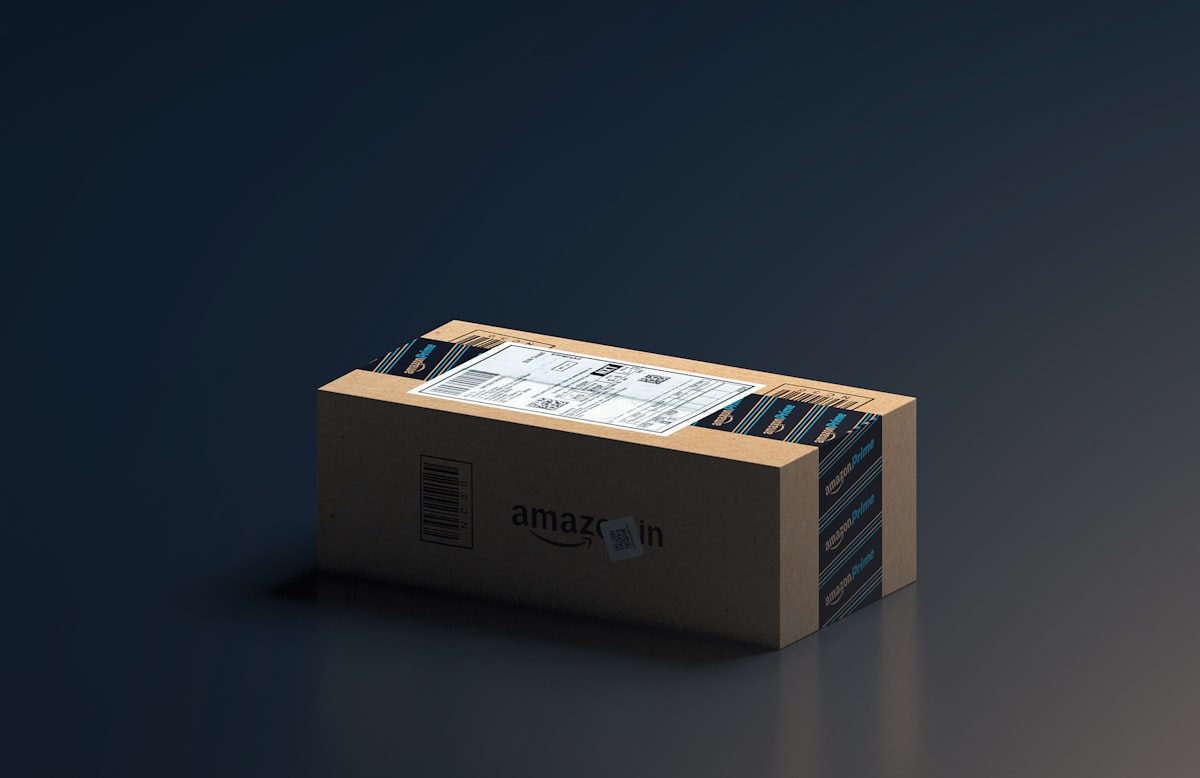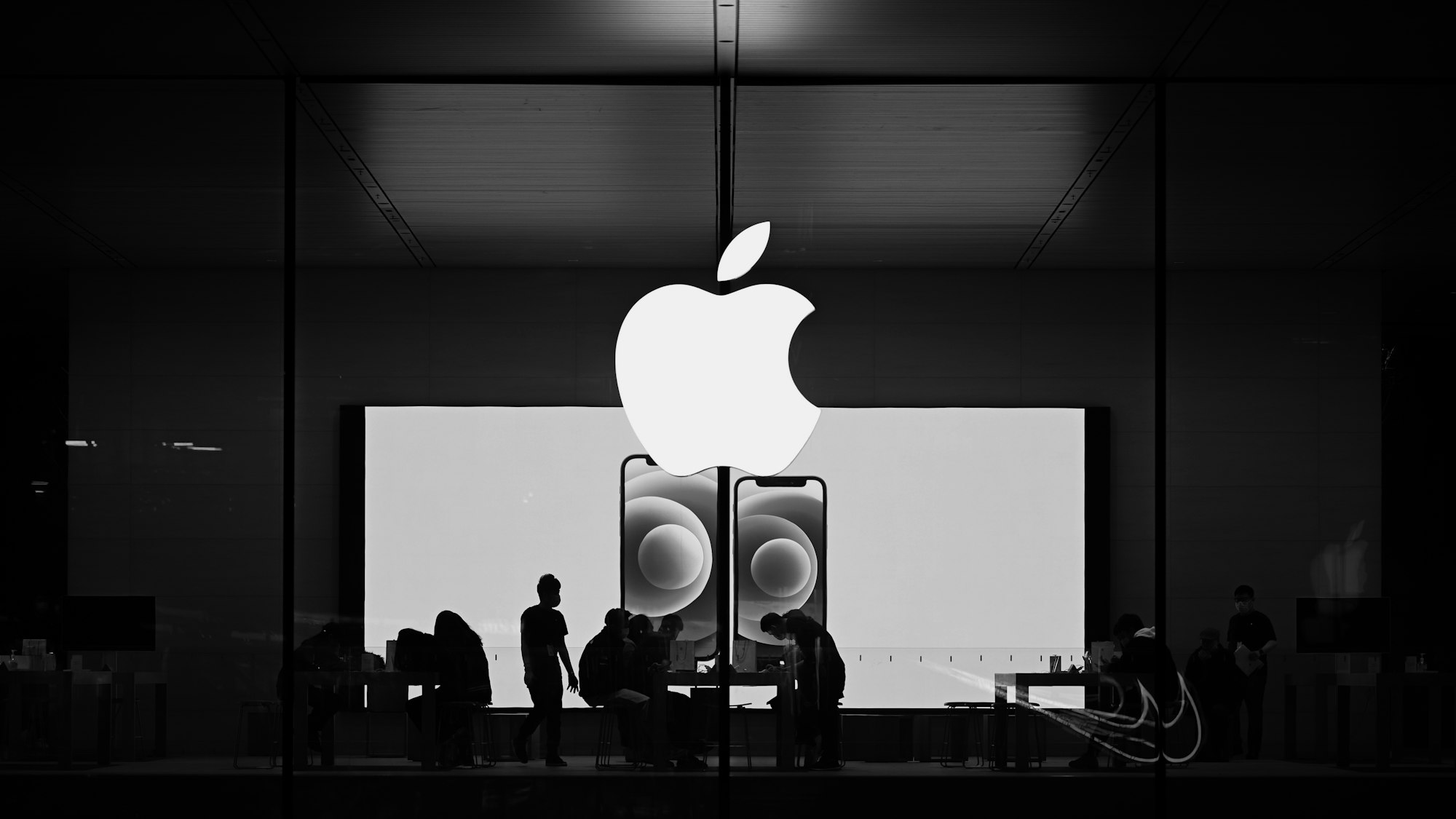🟢 The year the GAFAM could disappear. Episode 4, Amazon
In this series of five articles, I will discuss each of the current GAFAMs as 2023 might be the year their reign of supremacy on our life, work, and social connection comes to an end.

We have already explored some key issues and possible resilience of three of the five historical tech companies of the late 90s / early 2000s.



The fourth case we're going to discuss seems, on the surface, quite easy to discuss – it's anything but. Amazon's business model is, in reality, quite intricate and, as such, opens the door to many possible weaknesses.
Let's discuss...
Episode 4, Amazon
The critical mass grand-daddy
Maybe the simplest starting point is to try to understand how big Amazon has become:
- When an American consumer spends $100 on any goods, $14 is purchased online and about $5 on Amazon.
- If Amazon customers were citizens of only one country, it would be the fourth largest.
- Amazon's 2021 revenue was $469.822B, nearly ten times what the U.S. government will spend on its 2022 CHIP Act, destined to reboot the American semiconductor industry.
This size of the Seattle giant is not only important for revenue but also for its strategy. Jeff Bezos was famously the first to apply the long-tail theory to business. In his own words:
We sold more books today that didn’t sell at all yesterday than we sold today of all the books that did sell yesterday.
Let me quote myself from ten years ago on this:
Before Amazon was a success, common sense dictated that the Pareto rule was enforced: 20% of the products will command 80% of the sales. In some markets, like movies, music, and video games… it was even more extreme, with only a few block-busters returning money each year. The long tail model changed all this, demonstrating in these very markets that the total of the micro-revenues generated by an abundance of products could be much more profitable than only supporting the blockbusters. The very logic of the long tail is a statistical model requiring that you add up as many unfrequent, exotic, rare, niche products as you can… away from the core best-sellers.
Is it clear? Probably not, as it is still quite counter-intuitive in 2023. But the core strategy is that past an inflection point in the critical mass of products you have, most of the sales will come from millions of niche products that you will only sell once or twice... but times millions of items. Your business brain might balk at this. But mathematically? It works.




